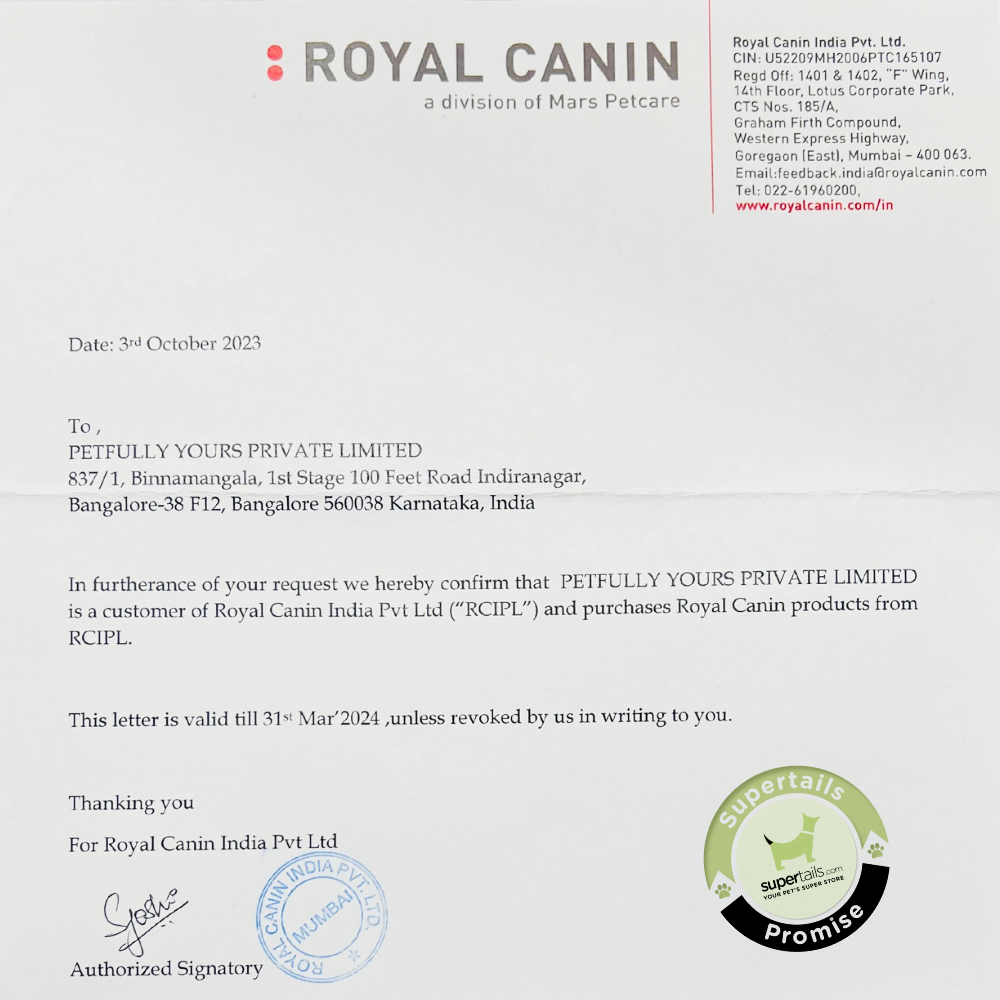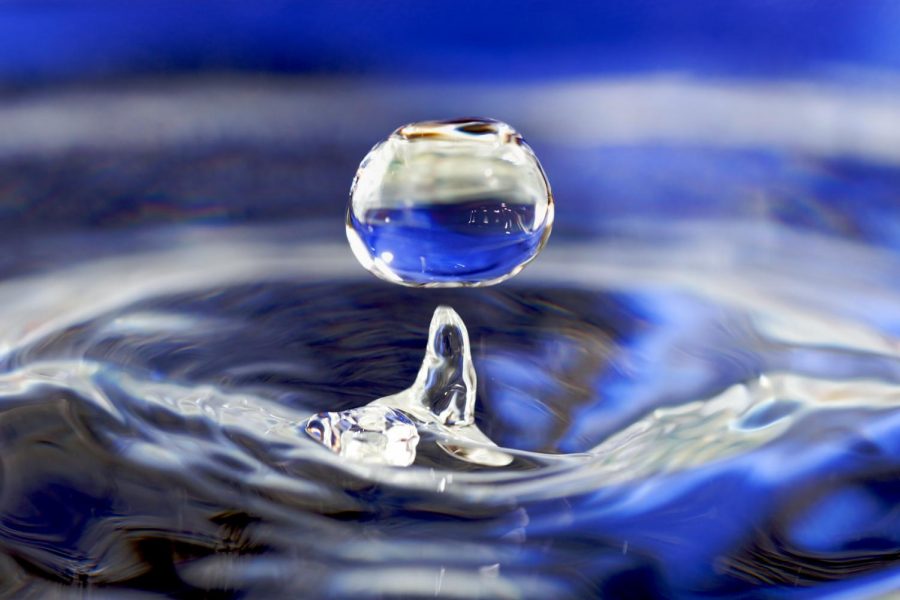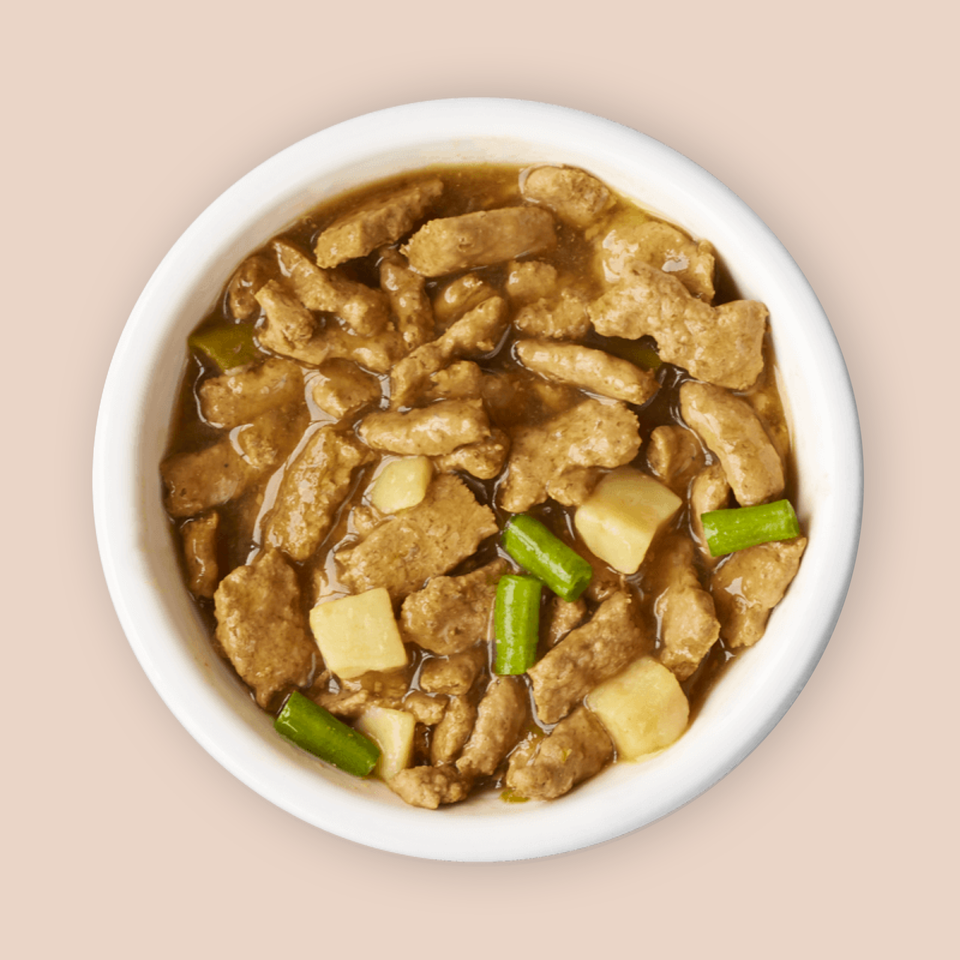Wet food is not just a treat; it’s a vibrant addition to your pet’s diet that can lead to a healthier, happier life. Many pet owners may underestimate the benefits of this moist option, but it holds the key to hydration and nutrition that can transform your furry friend’s well-being.
Rich in essential nutrients, wet food can enhance hydration levels, improve dental health, and cater to the unique tastes of both cats and dogs. With various options including canned, pouch, and homemade varieties, owners have the flexibility to choose the best for their pets while ensuring a balanced diet.
Benefits of Wet Food

Feeding pets wet food comes with a variety of nutritional advantages that contribute to their overall well-being. This type of food, often rich in moisture and packed with essential nutrients, can significantly enhance a pet’s quality of life. Understanding the specific benefits of wet food is crucial for any pet owner looking to provide the best diet for their furry companions.
Wet food offers significant nutritional advantages, especially when it comes to the balance of proteins, fats, and carbohydrates. Many wet food formulas are designed to mimic the natural diet of cats and dogs, featuring high-quality animal proteins and a balance of fats that promote healthy muscle development and energy levels. Additionally, wet food often contains fewer fillers compared to dry food, ensuring that pets receive more nutrients per bite.
Nutritional Advantages
The primary nutritional benefits of wet food include the following:
- High Protein Content: Wet food typically has a higher protein percentage, which is essential for maintaining muscle mass and overall health in pets.
- Low Carbohydrate Levels: Many wet foods are lower in carbohydrates, which is beneficial for pets with certain health concerns such as obesity or diabetes.
- Vitamins and Minerals: Wet food is often fortified with essential vitamins and minerals that are crucial for a pet’s immune system and overall vitality.
Enhancing Hydration
One of the critical benefits of wet food is its ability to enhance hydration in pets. This is particularly important as many pets do not drink enough water, leading to potential health complications such as urinary tract issues and kidney disease. Wet food contains a significant amount of moisture, which can account for up to 80% of its composition.
The hydration benefits of wet food include:
- Increased Water Intake: Wet food contributes directly to a pet’s daily fluid intake, helping to maintain hydration levels.
- Urinary Health: Adequate hydration can help reduce the risk of urinary tract infections and promote healthy kidney function.
- Digestive Health: Sufficient moisture content aids in digestion and can help prevent constipation in pets.
Positive Effects on Dental Health
While wet food is not typically known for its dental benefits, it can still play a role in maintaining oral health. Some wet food varieties include ingredients that can help reduce tartar buildup, although they may not provide the same level of abrasiveness that dry kibble offers.
The dental health benefits associated with wet food include:
- Reduction of Bad Breath: Wet food can help keep the mouth moist, which may reduce the growth of bacteria that cause bad breath.
- Less Tartar Accumulation: Certain formulations may include dental health additives that promote oral hygiene.
- Encouragement of Chewing: Many pets enjoy the texture of wet food, which can lead to increased chewing and salivation, aiding in natural cleaning of teeth.
“The hydration and nutritional benefits of wet food can lead to healthier, happier pets.”
Types of Wet Food Available
Wet food for pets comes in various forms, catering to the diverse preferences and nutritional needs of dogs and cats. Understanding these options can help pet owners make informed decisions when selecting the best wet food for their furry companions.
Wet food typically includes canned, pouch, and homemade varieties. Each type offers unique benefits, flavors, and nutritional profiles. The choice of wet food can significantly impact a pet’s health and well-being, making it essential to explore the differences and advantages of each option.
Canned Wet Food
Canned wet food is one of the most common types and is available in several flavors and formulations. It typically contains high moisture content, which helps keep pets hydrated. Additionally, canned food often includes meat, fish, or poultry as primary ingredients, providing essential proteins.
Nutritional content in canned foods can vary widely between brands. Some may use high-quality, whole ingredients, while others may include by-products and fillers. A careful examination of the ingredient list and guaranteed analysis on the label can provide insights into the food’s quality.
Pouch Wet Food
Pouch wet food, often referred to as “treats in gravy” or “meals in gravy,” is packaged in flexible pouches. This option is convenient and easy to serve, often appealing to pets due to its flavorful gravy. Pouch foods typically have a similar nutritional profile to canned food, featuring a focus on meat or fish as the primary ingredient.
The ingredient quality and nutritional value of pouch wet foods can also differ among brands. Some pouches may contain added vitamins and minerals, while others may lack sufficient protein content or include preservatives. Pet owners should assess the nutritional information and ingredients when choosing this option.
Homemade Wet Food
Homemade wet food allows pet owners to control the ingredients and tailor meals to meet their pets’ specific dietary needs. This option can include cooked meats, vegetables, and grains, and can be a great way to avoid preservatives and by-products found in commercial foods.
When preparing homemade wet food, it is crucial to ensure a balanced diet. Consulting with a veterinarian or a pet nutritionist can help create recipes that fulfill all of a pet’s nutritional requirements. Additionally, keeping in mind that certain human foods are toxic to pets is essential.
Comparison of Ingredients and Nutritional Content
Analyzing the ingredients and nutritional content of different wet food brands reveals a wide range of quality and benefits. The following table summarizes key aspects to consider when evaluating various wet food options.
| Brand | Type | Main Ingredients | Protein Content | Additional Features |
|---|---|---|---|---|
| Brand A | Canned | Chicken, Brown Rice, Carrots | 40% | No artificial preservatives |
| Brand B | Pouch | Beef, Gravy, Spinach | 35% | High in Omega-3 |
| Brand C | Homemade | Turkey, Sweet Potatoes, Peas | 45% | Customizable for dietary needs |
Quality ingredients and balanced nutrition are vital for optimal pet health. Always compare brands and read labels carefully.
Feeding Guidelines and Tips

Feeding wet food to pets comes with its own set of guidelines that can help ensure that your furry friends receive the nutrition they need while enjoying their meals. Establishing a consistent feeding schedule and practicing portion control are crucial components of this process. Additionally, introducing wet food gradually can help pets adjust to their new dining experience without any digestive disturbances.
Feeding Schedule for Pets Consuming Wet Food
A regular feeding schedule helps maintain a pet’s digestive health and overall well-being. Here’s a recommended feeding schedule for both dogs and cats:
- Puppies: 3 to 4 meals per day until they are about 6 months old.
- Adult Dogs: 1 to 2 meals per day, depending on their activity level and dietary needs.
- Kittens: 3 to 4 meals per day until they reach about 6 months of age.
- Adult Cats: 1 to 2 meals per day, ideally split into smaller portions throughout the day.
Maintaining a consistent schedule not only helps with digestion but also allows you to monitor your pet’s eating habits and health more effectively.
Portion Control and Measuring the Right Amount
Portion control is essential for preventing obesity and ensuring that your pet receives the right amount of nutrients. The amount of wet food required will vary based on the pet’s species, age, weight, and activity level. When measuring food portions, consider the following guidelines:
- Refer to the feeding guidelines on the wet food packaging, which often provide recommendations based on weight.
- Use a standard measuring cup to ensure accuracy; avoid using household items that may vary in size.
- Adjust portions based on your pet’s activity level; more active pets may require more food, while less active ones may need less.
- Regularly monitor your pet’s weight and adjust portions as necessary to maintain a healthy body condition.
“A good rule of thumb is to feed about 2-3% of your pet’s body weight in wet food daily, split into appropriate meal portions.”
Gradual Introduction of Wet Food to a Pet’s Diet
Introducing wet food to a pet’s diet requires a gradual approach to avoid gastrointestinal upset. A transition period of about 7 to 10 days is recommended. Here’s how to do it effectively:
- Start by mixing a small amount of wet food with your pet’s current food, gradually increasing the proportion of wet food over the transition period.
- Monitor your pet for any signs of digestive issues, such as diarrhea or vomiting, and adjust the introduction pace accordingly.
- Incorporate wet food into their routine at the same times each day to create a sense of familiarity.
- Reward your pet with praise or treats when they eat the new food to create a positive association.
This methodical approach helps pets adapt to the new texture and flavor, making the transition smoother and more enjoyable.
Common Myths About Wet Food

In the realm of pet nutrition, wet food has often been surrounded by various myths that can mislead pet owners. Understanding the truth behind these misconceptions is crucial for making informed choices about your pet’s diet. Here, we will debunk some of the most prevalent myths regarding wet food and pet health.
Wet Food Causes Obesity in Pets
A common myth circulating among pet owners is the belief that wet food is a primary contributor to obesity in pets. However, the reality is that obesity in pets is largely influenced by total caloric intake, activity level, and overall diet quality rather than the form of food alone. Wet food typically contains a higher moisture content, which can aid in hydration and may even promote satiety, leading to less overeating.
The nutritional balance provided by wet food can support a healthy weight when appropriately portioned. Many premium wet food brands are formulated with low-fat ingredients and high protein levels that can help maintain lean muscle mass while keeping pets satiated. Understanding serving sizes and monitoring your pet’s caloric intake is essential for weight management, regardless of whether their diet consists of wet or dry food.
“Wet food can actually assist in maintaining a healthy weight when served in proper portions.”
Wet Food is Less Nutritious Than Dry Food
Another misconception is that wet food lacks the essential nutrients provided by dry food. This belief overlooks the fact that wet food can be formulated with high-quality ingredients, offering a balanced diet rich in proteins, fats, vitamins, and minerals. Many wet food products undergo rigorous testing to ensure they meet nutritional standards set by the Association of American Feed Control Officials (AAFCO).
In fact, wet food often contains fewer carbohydrates than dry food, which can be beneficial for pets who are prone to diabetes or obesity. The softer texture of wet food can also be easier for pets to digest, particularly for older animals or those with dental issues. Therefore, the nutritional value of wet food can be equal to or even exceed that of dry food, depending on the specific formulations and ingredients used.
“Nutritional value in pet food is determined by ingredients and formulation, not solely by whether it is wet or dry.”
Frequently Asked Questions
What are the main benefits of wet food for pets?
Wet food provides hydration, improved dental health, and essential nutrients that promote overall well-being.
Can wet food lead to obesity in pets?
No, when fed in appropriate portions, wet food does not inherently cause obesity and can be part of a balanced diet.
How do I transition my pet to wet food?
Introduce wet food gradually by mixing it with their current food, slowly increasing the amount over several days.
Is homemade wet food a good option?
Yes, homemade wet food can be nutritious but should be prepared carefully to ensure it meets your pet’s dietary needs.
How often should I feed my pet wet food?
Feeding frequency can vary; consult your vet for a personalized schedule based on your pet’s age, weight, and health needs.
If you’re a pet lover, the concept of we pets resonates deeply. This community celebrates the bond between humans and their furry friends, fostering a space where pet owners can share experiences and tips. Engaging with others who understand the joy pets bring can enhance your journey as a pet parent, making each moment with your companion even more rewarding.
For cat owners looking to keep their pets entertained, the furbo cat offers an innovative solution. This interactive device not only allows you to monitor your cat remotely but also engages them with treats and sounds, ensuring they’re stimulated while you’re away. It’s the perfect way to combine technology with pet care, enhancing your cat’s quality of life.